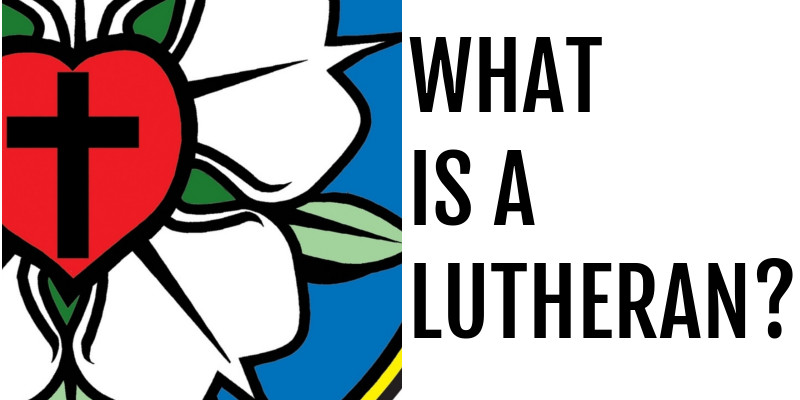The 95 Theses were a document that Martin Luther posted to a church door in Wittenburg, Germany. His posting of this document amounted to the first definitive act of the Lutheran reformation.
The posting of the 95 theses was a rather ordinary event in the academic life of Wittenburg, Germany, the city in which Martin Luther was living and teaching in at the start of the Reformation. When someone wanted to debate an idea, that person would post their idea in a prominent place so that people could have some advanced knowledge of the idea before a debate would take place.
In 1517, Martin Luther wanted to debate the contemporary practice of the purchasing of indulgence papers (these were pieces of paper that assured the owner that he or she had done enough to pay for his or her sins). He wrote up 95 theses, or points of argument, about what he wanted to debate and placed them in the most prominent place he could think of: the church doors before a massive celebration that would draw thousands of people through those doors. He did this on October 31, 1517, which became thought of as the “birth date of the Reformation”.
The 95 Theses themselves are not necessarily 95 *different* thoughts, but 95 sequential arguments in making the larger point that the selling of indulgence papers had gotten out of hand. Luther was making this point hoping that the practice of selling indulgence papers would be studied and that the Roman Catholic church of his day would rectify any problems. What Luther didn’t realize is that the selling of indulgence papers directly benefited some massive building projects, and that the selling of indulgences was seen as an allowable theologically messy means to a specific end.
The 95 Theses hit a nerve with the German people who lived around Martin Luther who were questioning sending money to the church in Rome in return for the assurance of heaven. Because of this, Luther’s 95 theses were copied and sent all over the world through technological wonder of Luther’s day, the printing press. With Luther’s ideas available and accessible, a movement of the church began to emerge. That movement of the church would question many of the accepted practices of the Roman Catholic church and test them against Scripture. That movement would become to be known as the Lutheran movement.
